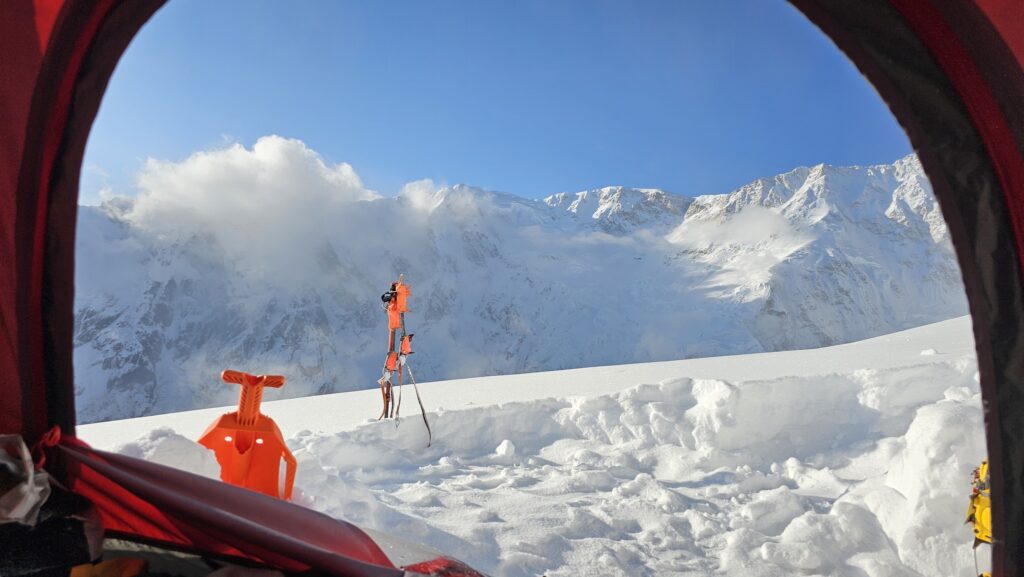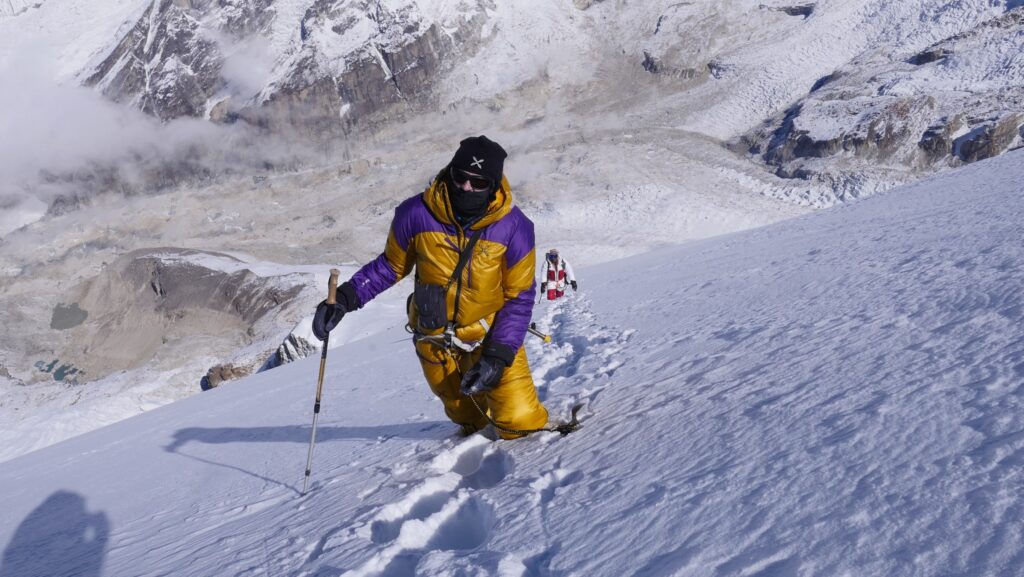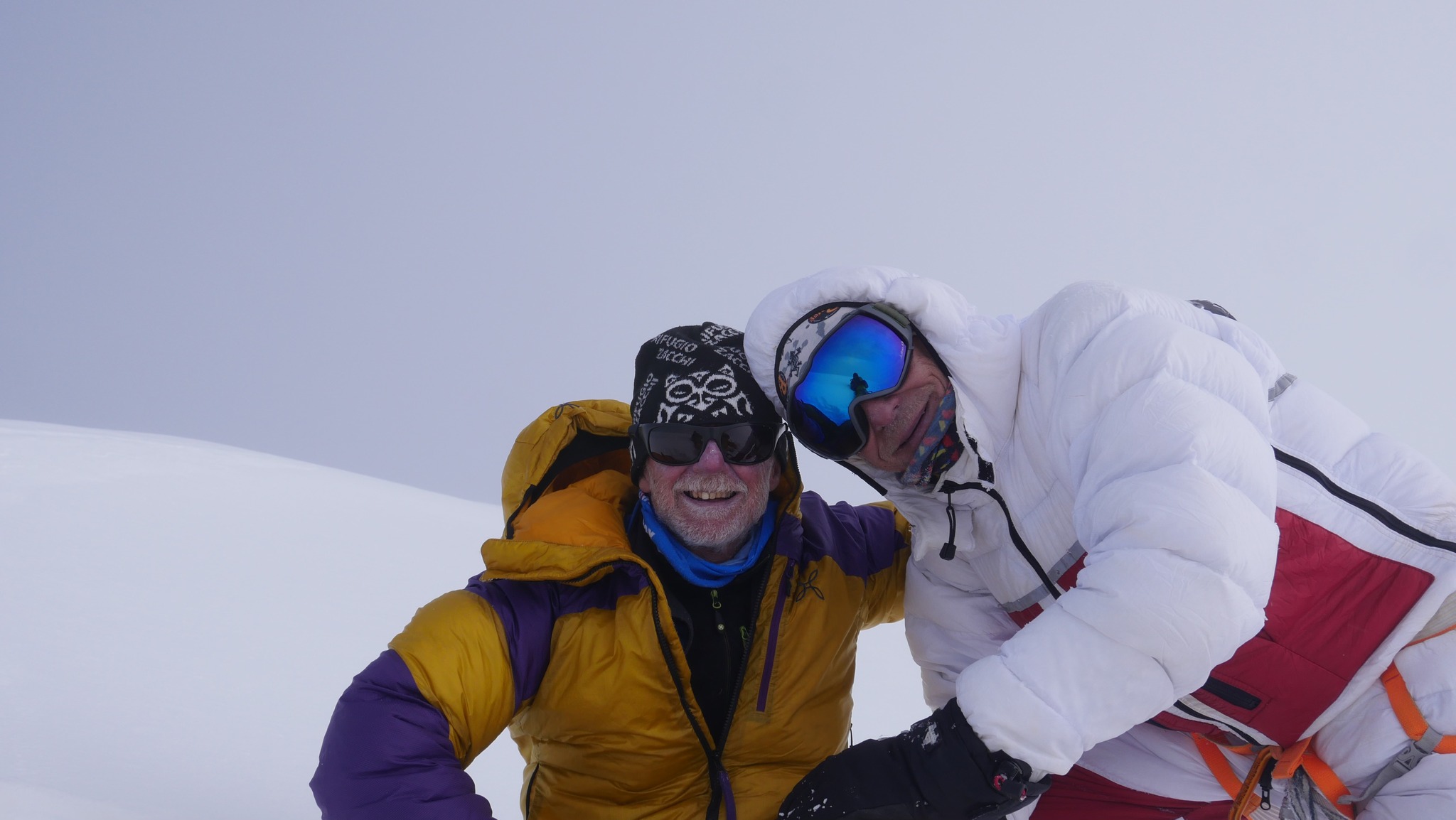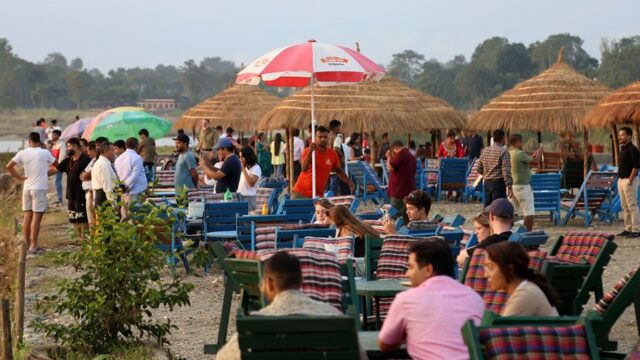In a remarkable feat of traditional Himalayan mountaineering, Slovak climber Peter Hamor and Italian duo Nives Meroi and Romano Benet have successfully made the first ascent of the 7,412-meter Kabru I via its unclimbed west face. The trio completed the climb in early May 2025 but waited to publicly announce their success until safely returning home.
Their new route, named Himalayan Trad, reflects their climbing philosophy: minimalist, ethical, and self-reliant. Graded ‘D’ for “moderately difficult,” the climb steers clear of the modern trends of speed climbing or commercial expeditions. Instead, it embraces the purity of traditional high-altitude climbing without fixed ropes, bottled oxygen, or Sherpa support.
A New Line on an Old Giant
Kabru I, part of the greater Kangchenjunga massif in eastern Nepal, has long been overshadowed by its 8,000-meter neighbors. The west face, steep and remote, remained unclimbed until Hamor, Meroi, and Benet traced a new, logical line to the summit. Their ascent marks a significant addition to Himalayan mountaineering history.
The team established base camp at 5,100 meters on the Yalung Glacier on April 11. Their initial goal was Yalung Peak (7,590m), but adverse weather conditions forced them to reconsider. On April 19, they attempted Kabru I, reaching 6,000 meters before deteriorating weather turned them back.
“We had no chance to climb Yalung Peak due to unstable weather, avalanche-prone snow, and a broken serac on the route,” Meroi explained to ExplorersWeb. “It was simply too dangerous.”
On May 1, they launched a second attempt. Navigating through heavily crevassed and unstable terrain, they established their first bivouac at 6,300 meters. “The section was full of hidden cracks and hanging seracs,” Hamor noted. “We had to be extremely careful.”

Reaching the Summit
On May 4, at 1:30 am, the climbers left their second bivouac for the summit push in bitterly cold but stable weather. “Sunrise found us just below the ridge that connects Talung Peak and Kabru,” Hamor wrote. “The terrain eased slightly but was still dangerous due to avalanche-prone snow and massive cornices.”
They continued cautiously along the ridge, eventually reaching the summit at 5:00 pm. The summit offered little time for celebration; heavy fog and approaching nightfall urged a rapid descent. They followed their own tracks down, but a near disaster awaited.
Upon returning to their bivouac site at 6,300 meters, they couldn’t find their tent in the dark. “Spending the night exposed in those temperatures would have had serious consequences,” said Hamor. After a tense search, they located the tent at 11:00 pm, melted snow for water, and rested after an exhausting 22-hour summit day.
The next morning, the trio descended safely to base camp.
Climbing With Ethics
True to their style, the climbers left almost no trace. “Our ascent was done in an easy, fair style,” said Hamor. “No fixed ropes, no bottled oxygen, no high camps, and certainly no helicopter. We left only a few bamboo poles to mark the route.”
Their route, Himalayan Trad, follows the most logical line on the west face and is only feasible under very specific weather and snow conditions due to avalanche risk.
“It was a pleasure to complete such a beautiful, long, and exhausting route,” Meroi said. “And to do so in complete solitude, just the three of us, in true traditional alpine style, was something very special.”

A Region for New Routes
This was the team’s third expedition in as many years to the Kangchenjunga region. In 2023, the trio opened a new line on nearby Kabru IV, for which Meroi received a Piolet d’Or the highest award in mountaineering.
Though their initial goal this year was Yalung Peak, their success on Kabru I was a significant achievement in its own right. “Kabru was meant to be a preparation for Yalung,” said Meroi. “But in the end, it became the main objective.”
The Kangchenjunga region remains rich with potential for exploratory alpinism. Few teams this season have targeted new routes in Nepal, but the European trio’s ascent is a reminder of the unexplored possibilities that still exist in the Himalaya.
Other notable climbers, including Russian Piolet d’Or winners Yuri Koshelenko and Alexey Lonchinsky, are also active in the region this spring. Reports from their expedition are expected soon.
Legacy and Inspiration
Peter Hamor, Nives Meroi, and Romano Benet are among the few remaining high-altitude climbers who consistently pursue unclimbed lines in a minimalist and ethical fashion. Their ascent of Kabru I’s west face stands as a powerful testament to what mountaineering can still be: bold, beautiful, and done on one’s own terms.
Their achievement not only enriches the legacy of Himalayan exploration but also sets a high bar for future expeditions aiming to explore new lines in one of the world’s last true wildernesses.






